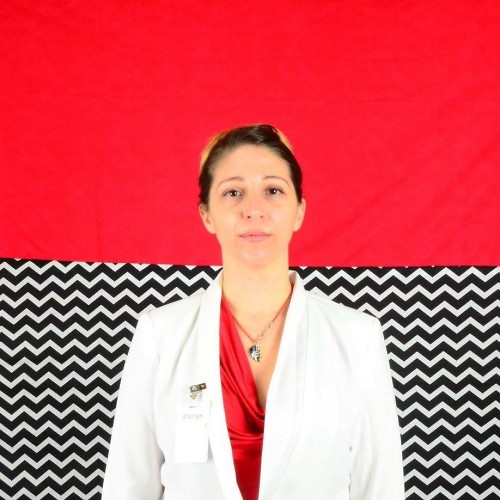I tested Night mode on iPhone 11 Pro in the worst possible lighting conditions and this is how it turned out
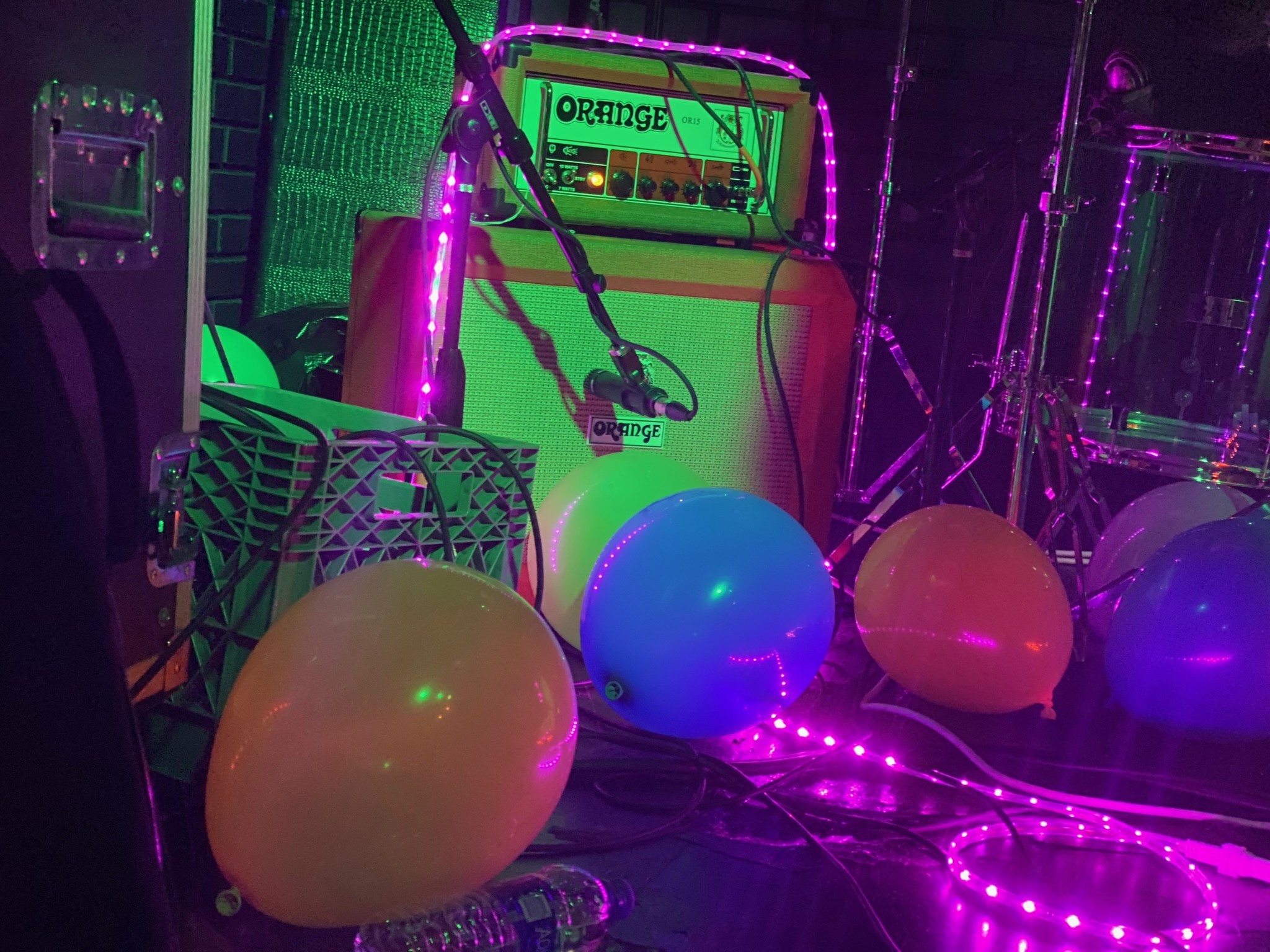
Since my first iPhone, more than 10 years ago, I've tried to capture some of the amazing live music experiences I've been lucky enough to enjoy. Until the iPhone 7 Plus, no live music pics were even worth keeping. Everything was grainy, noisy, and just flat. With iPhone 7, however, things got a little better, and every iPhone thereafter incrementally better, but nothing to start a digital magazine for. Mobile phone photography on iPhone just never seemed to quite meet my standards for capturing the action and depth I see when watching bands at my favorite local venues.
The conditions are practically impossible, even for the most trained photographers with more advanced cameras than any iPhone ever had. Dim lighting plus wild movement equals noise, grain, and blur where you don't want blur. Using the iPhone's flash is out of the question. Not only does it piss off band members and audience participants, but it washes out the visuals, making the vibrant glow of the room look like a dirty mess.
So with Night mode on iPhone 11, iPhone 11 Pro, and iPhone 11 Pro Max, of course I had to put this technology to the test. Could this hardware/software computation handle one of the worst possible lighting conditions for taking actions shots?
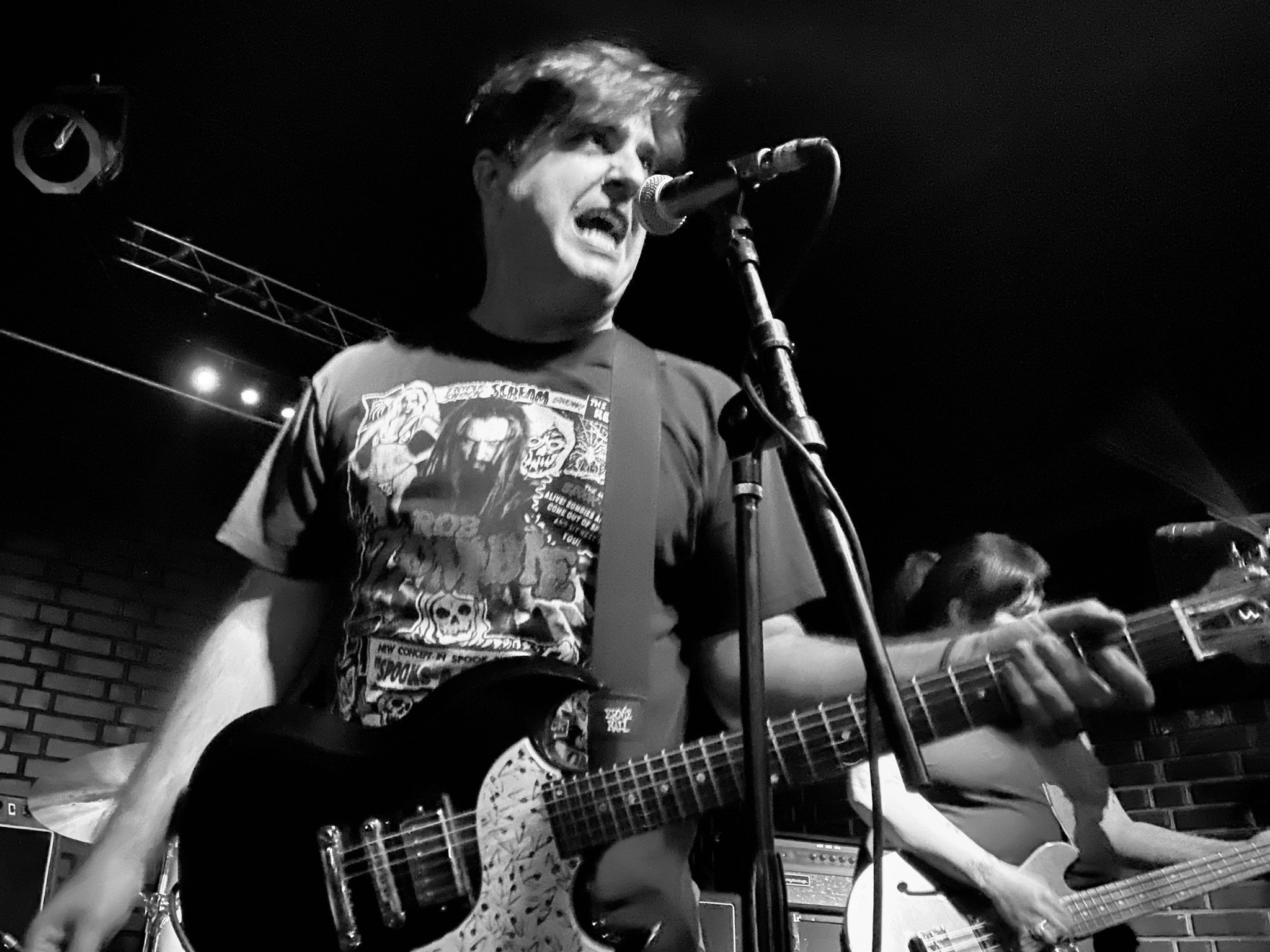
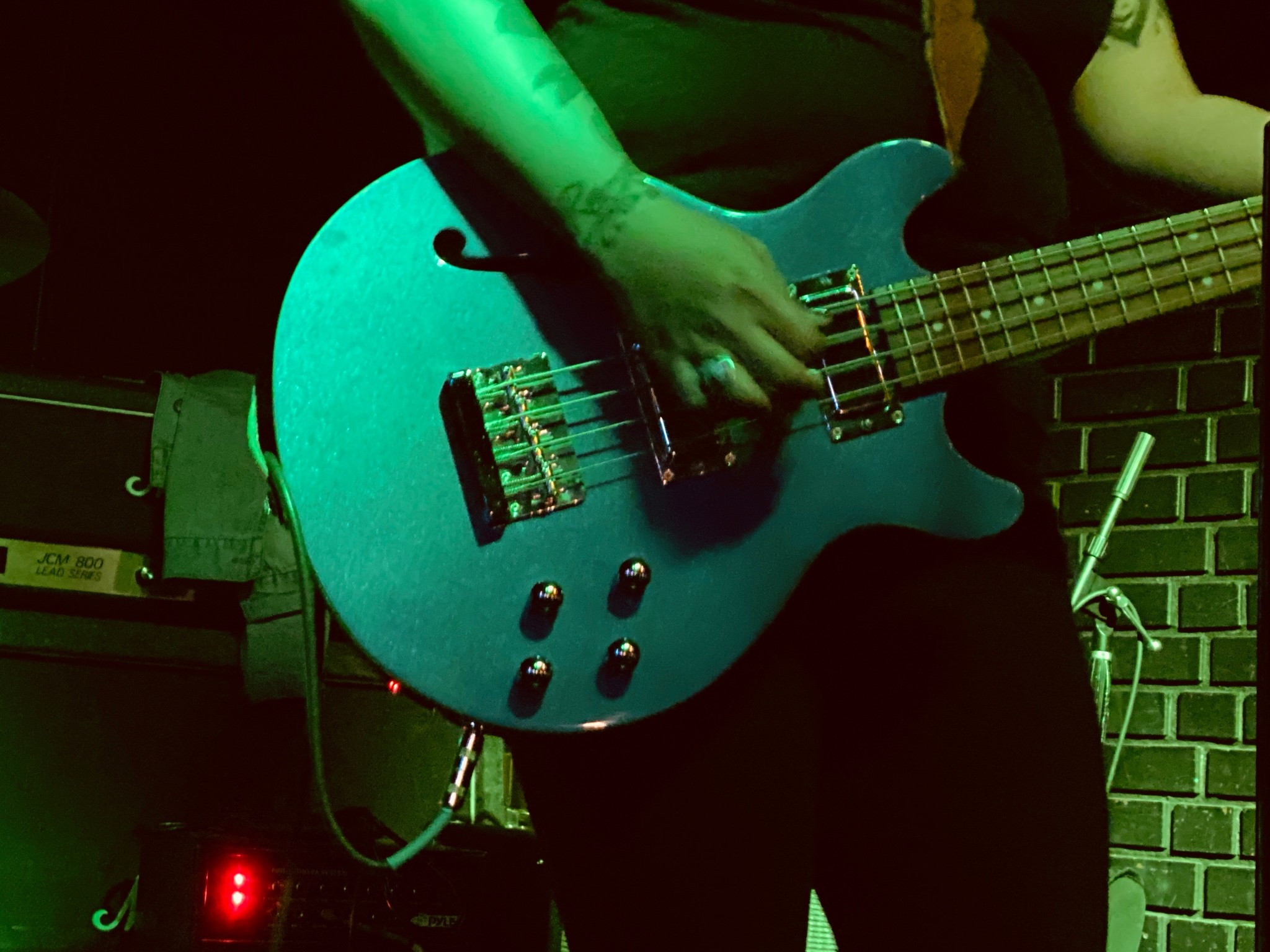

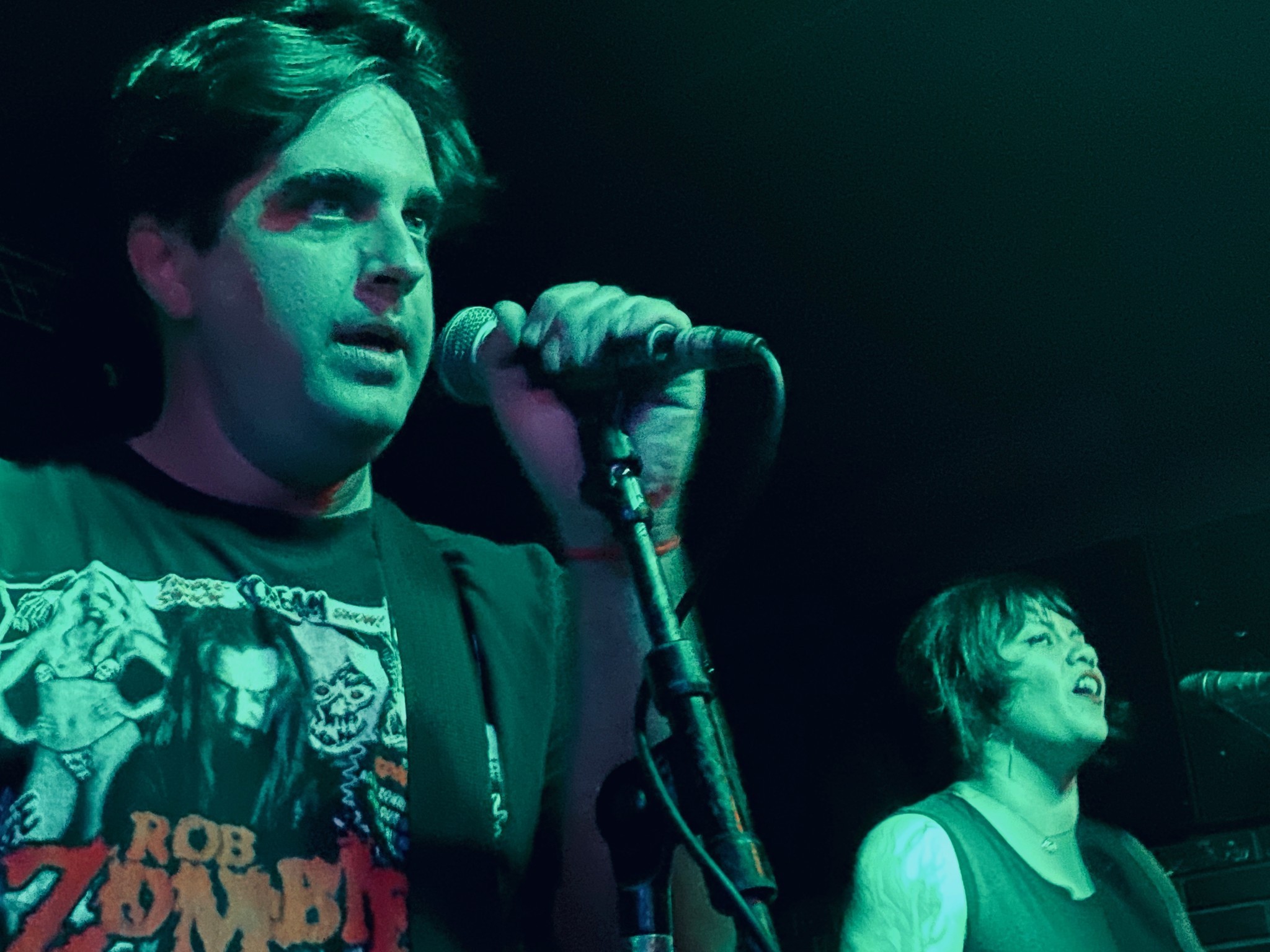
Sort of.
What I learned from testing is that Night mode on the new iPhone 11 and iPhone 11 Pro absolutely shows a marked improvement over any previous iPhone. If you're at a bar or club with your friends and you want to capture those beautiful moments, those memories you never want to forget, the way your significant other looks in candlelight, Night mode is beyond extraordinary. It's going to change the way we take pictures, and where, and when.
Midnight on New Year's Eve? Baby's first birthday? A lovely evening walk on a winter night? All of it can be captured with beautiful results on the camera you have in your pocket.
If, however, you're hoping to be the next photographer for Rolling Stone with your iPhone 11 Pro, it's not going to happen this year. There's still some work to be done before mobile phone cameras are capable of capturing that dimly lit action.
iMore offers spot-on advice and guidance from our team of experts, with decades of Apple device experience to lean on. Learn more with iMore!
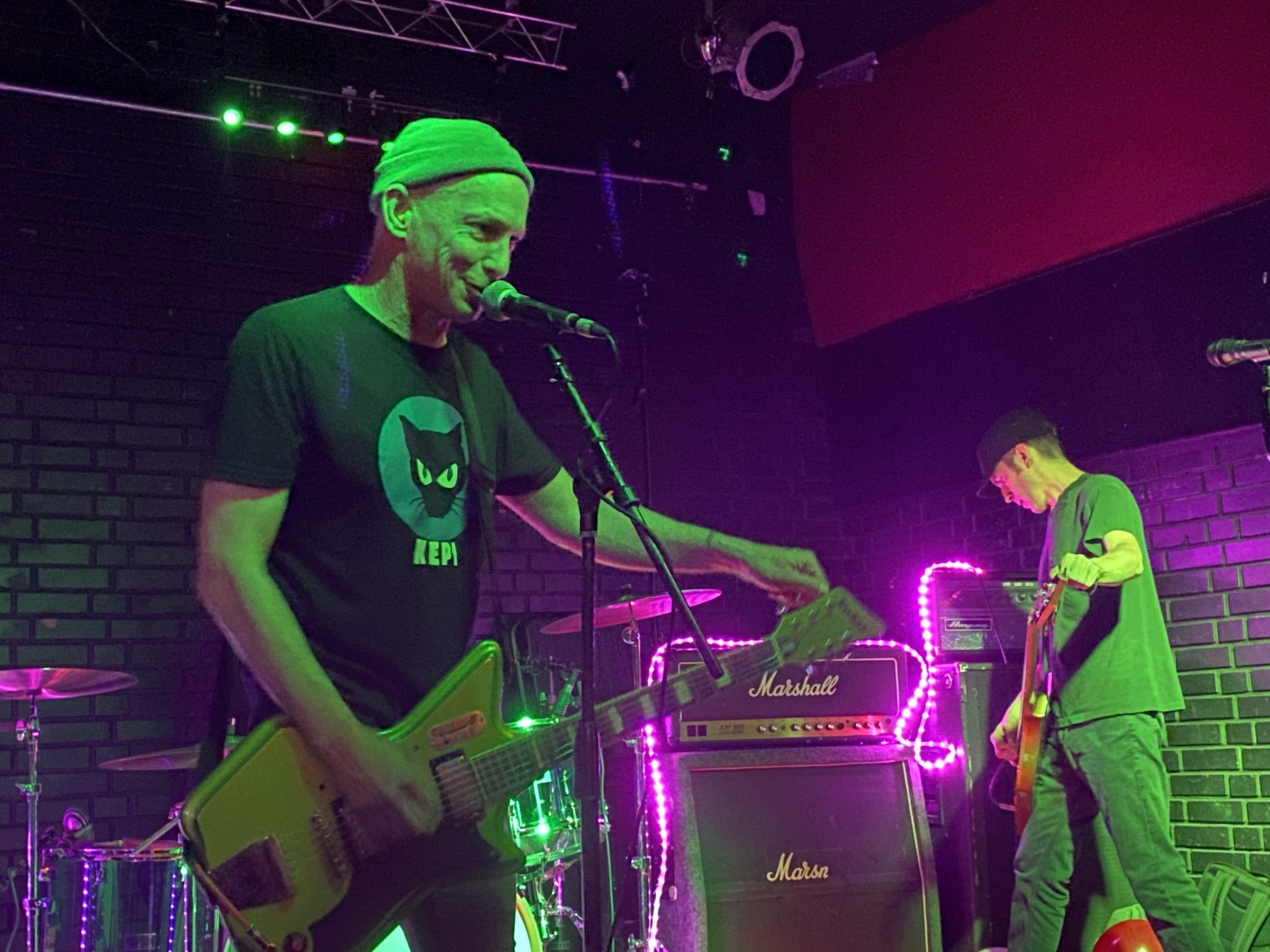
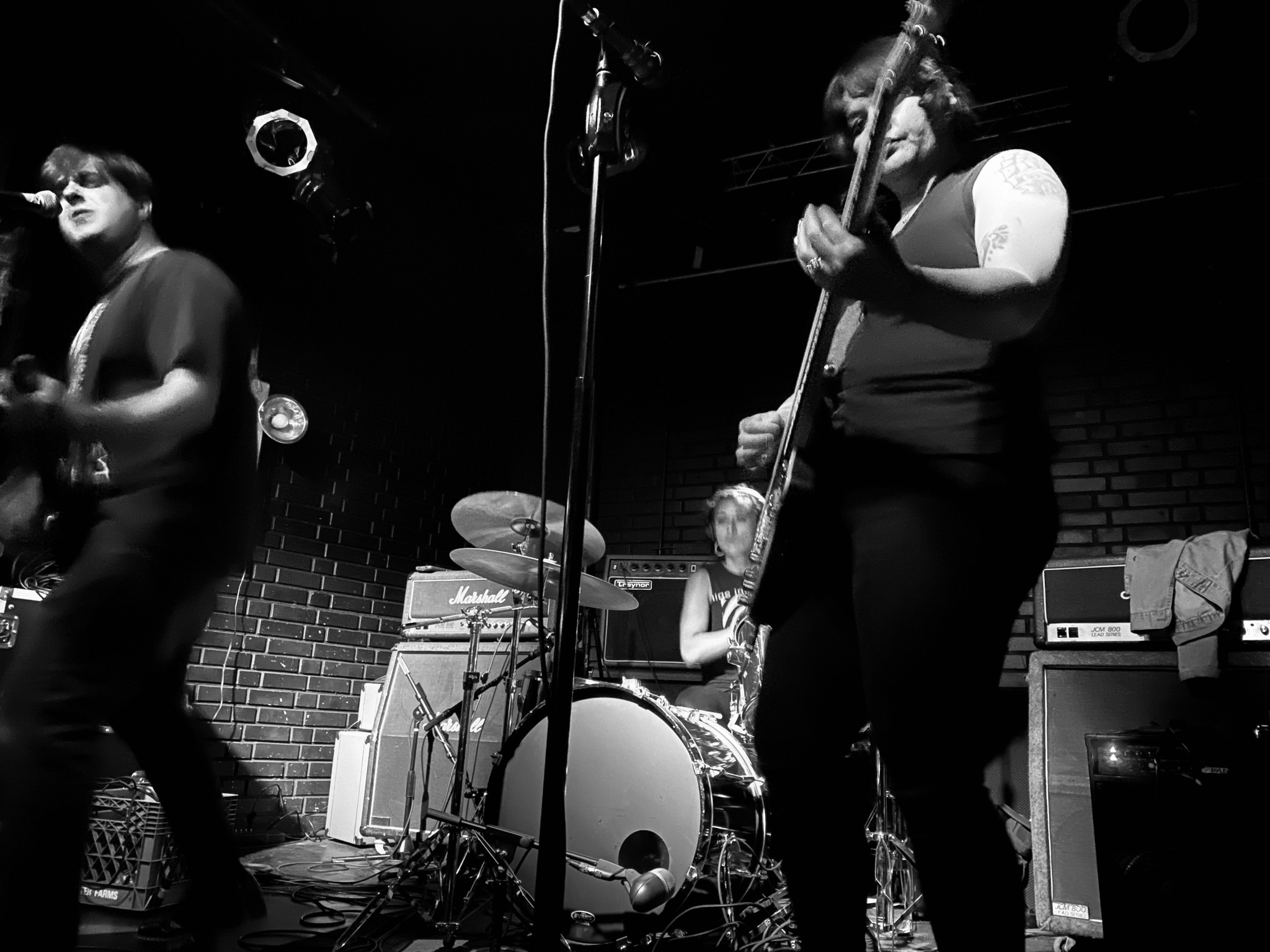
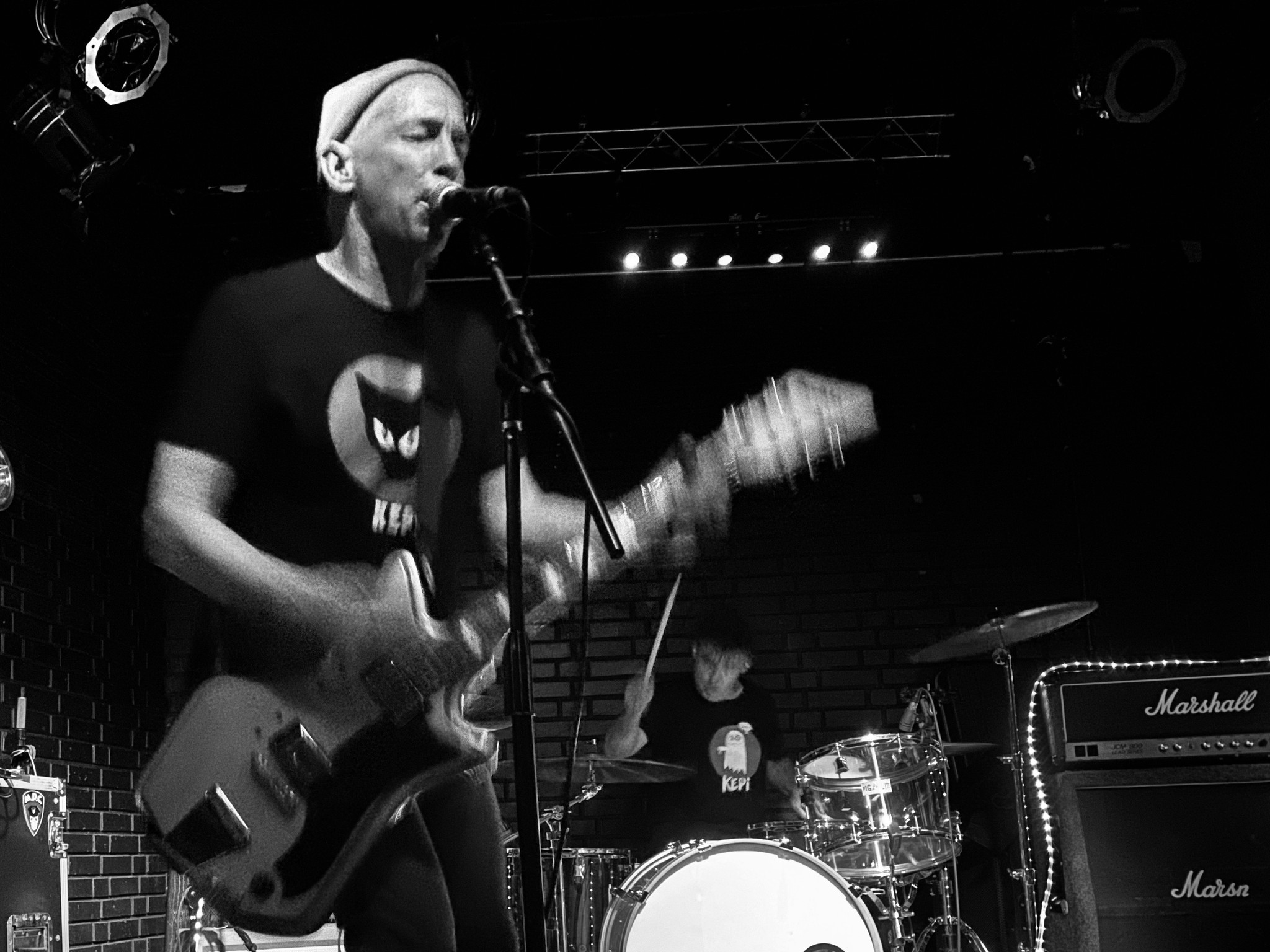
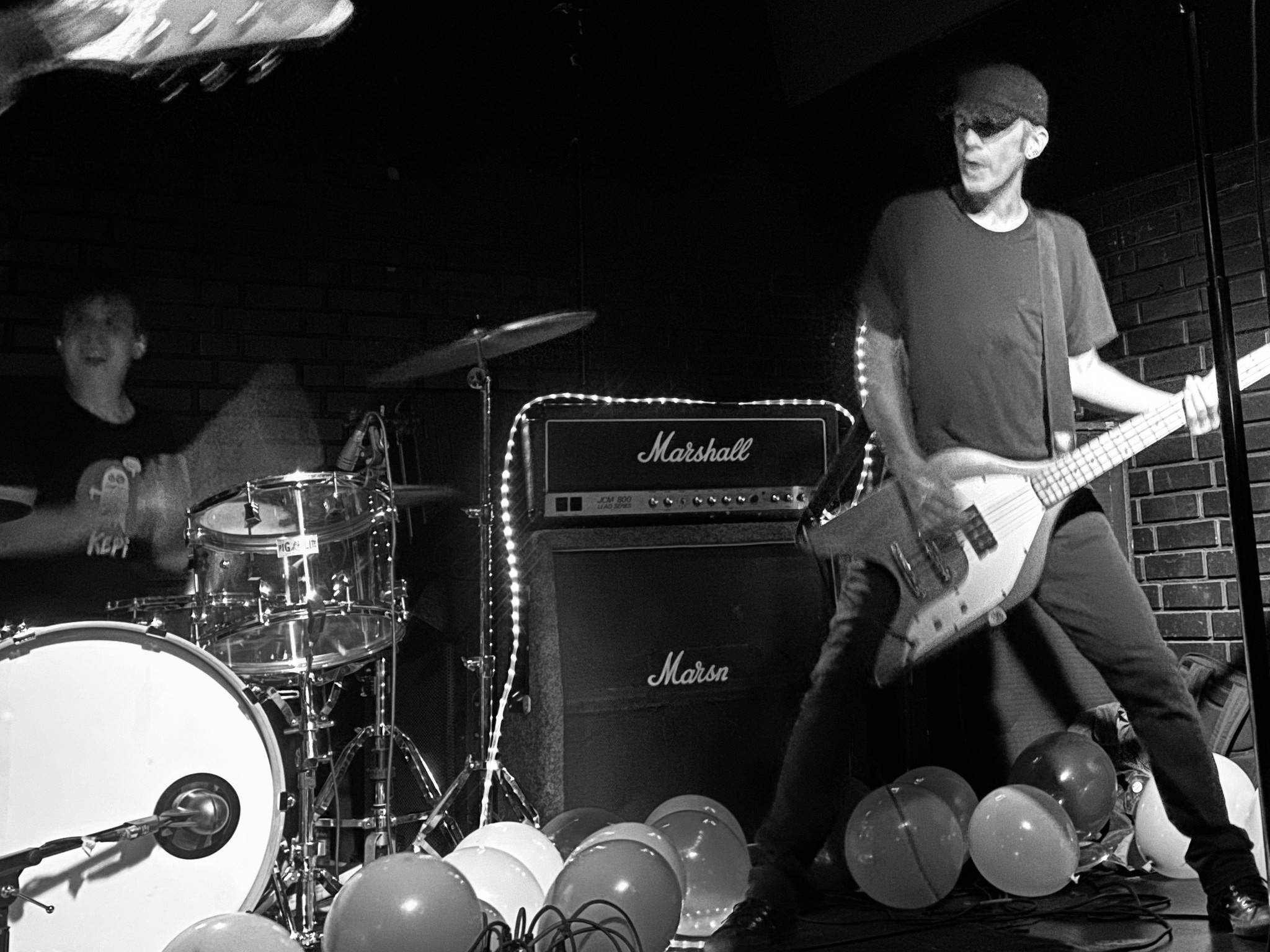
While Night mode did a fantastic job of sharpening up most of the action shots at the live music event I took pictures at, better than ever before, faces struggled the most. Of course, when you're shredding metal like Bruce Dickinson, you're going to move your face around a lot. So it's not a surprise that Night mode can't keep up. It is, after all, opening up that shutter for a few seconds, which makes it difficult to capture stillness that isn't there.
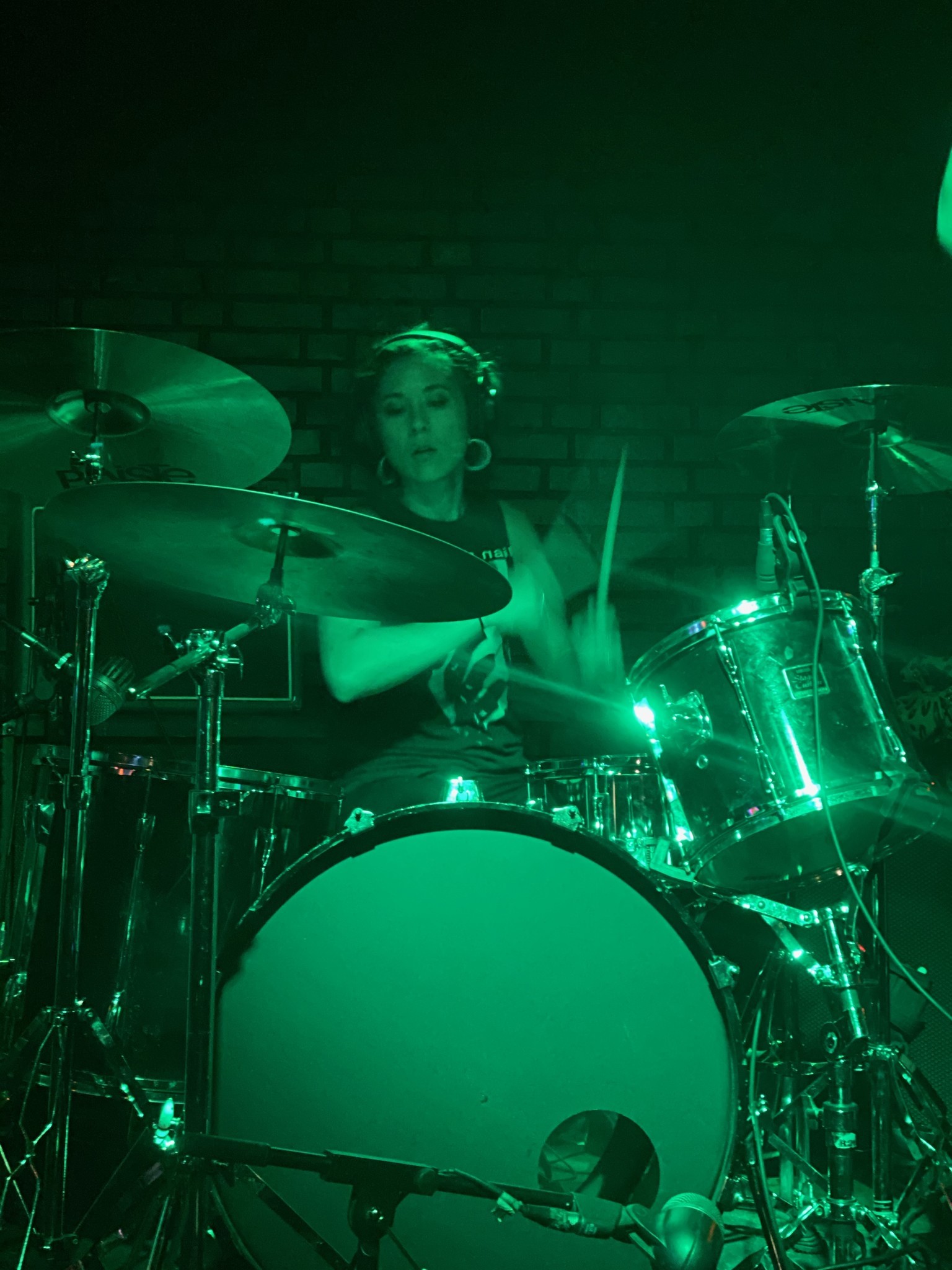
What I'd love to see Apple work on next is balancing Night mode with action. If Night mode takes a bunch of shots from different angles and stitches together what it considers to be the main subject of the composition, I could imagine a day when Night Action mode first, takes one single still image — that'd be the one that snaps the exact moment you want, identifies the face, and keeps the sharpest parts of facial features — and then uses the same computational software to stitch together the rest of the scene. So the face would be based on one original non-stitched picture, while the rest of the image would be Night mode smooth.
For now, however, I think Night mode is best used for less active movement (you definitely don't have to remain totally still ... just more still than rocking out on stage), while using the iPhone 11 or iPhone 11 Pro without Night mode (plus hiking up the brightness) would be for those chaotic dim-lighting action shots, even if they are a little noisy and grainy.
The images used throughout this article have been edited in post. The images in the gallery below include everything I took without any post-editing work so you can see exactly what I ended up with at the end of the night, bad composition, overexposure, and all.

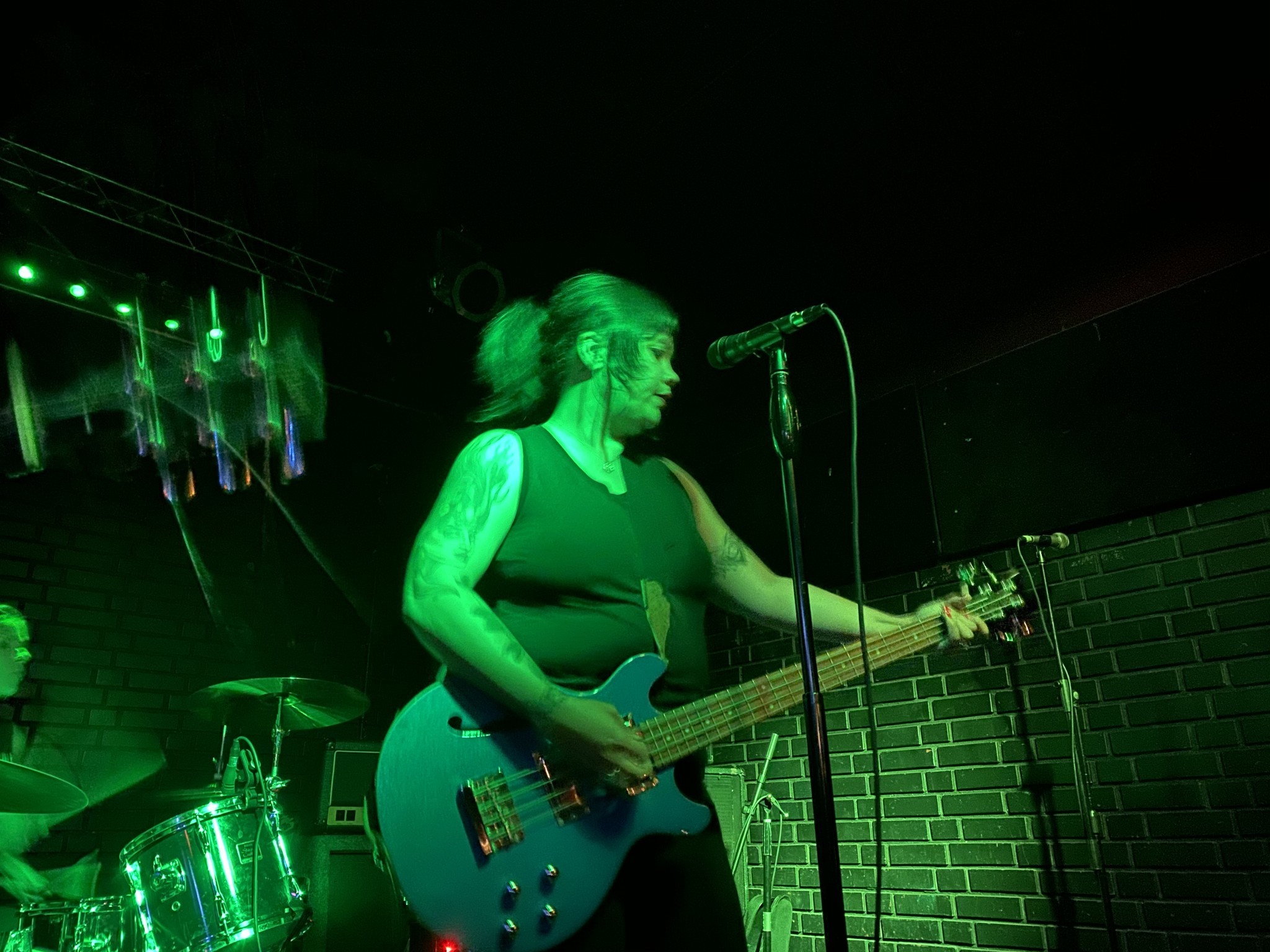
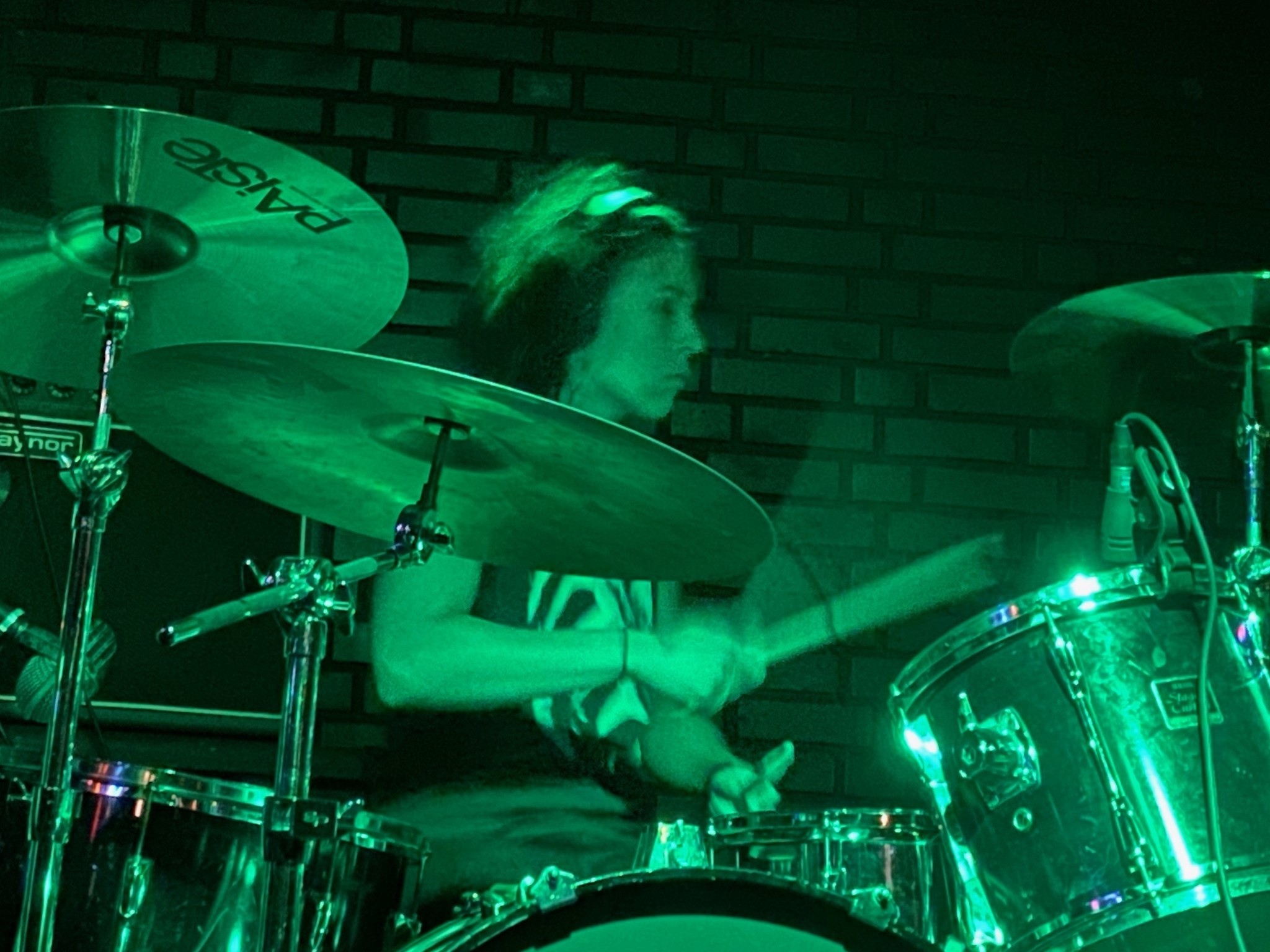
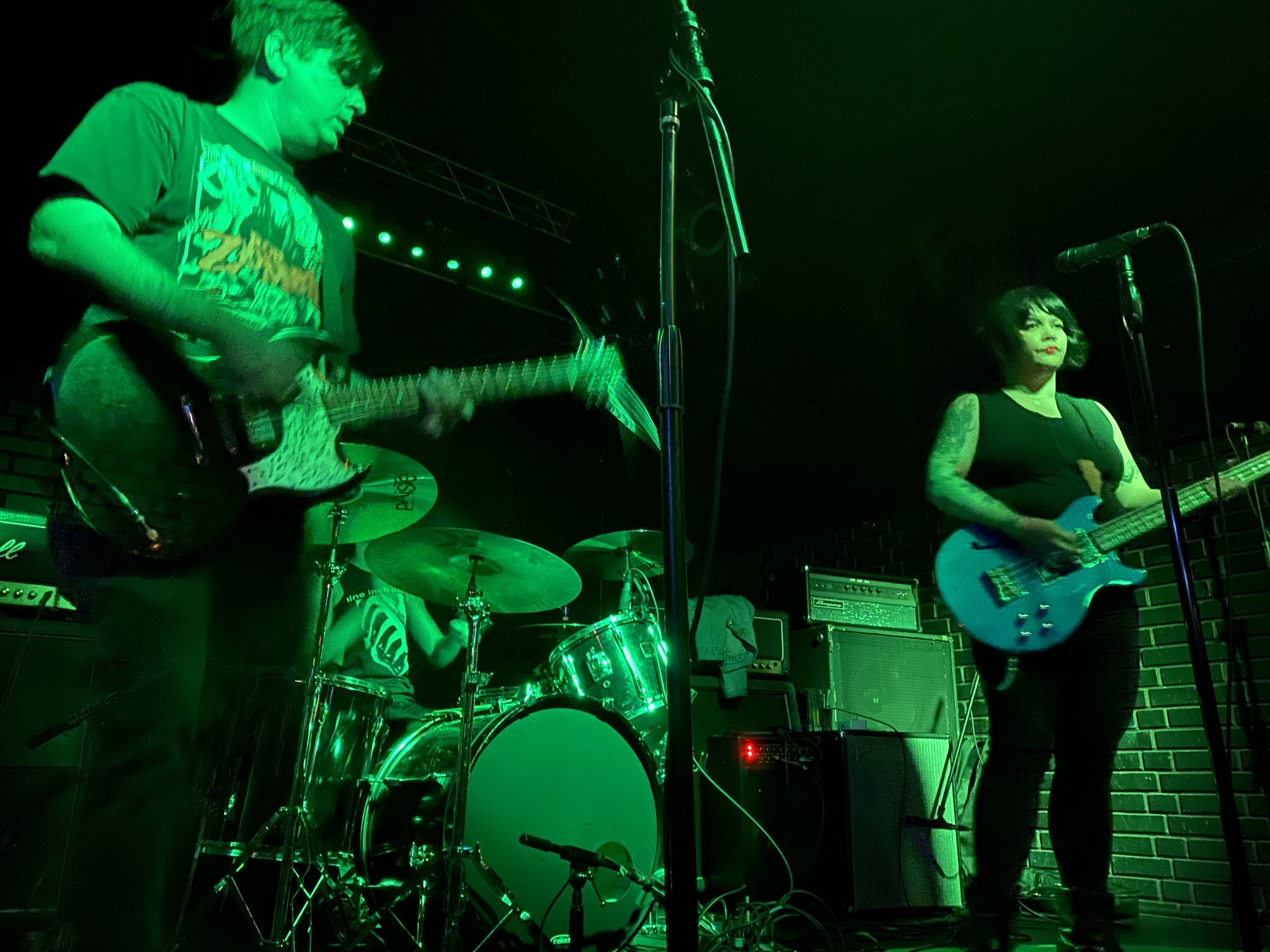
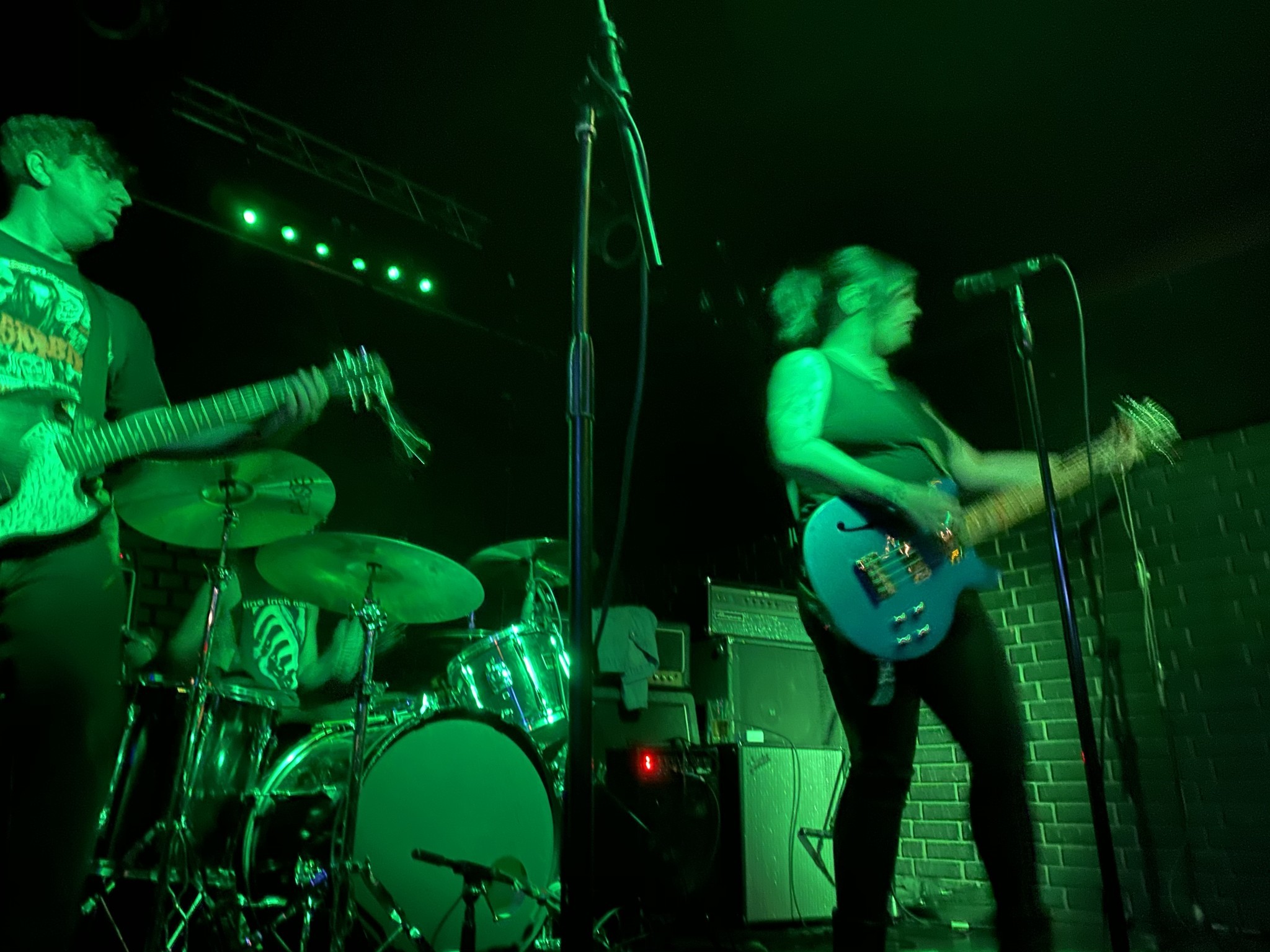
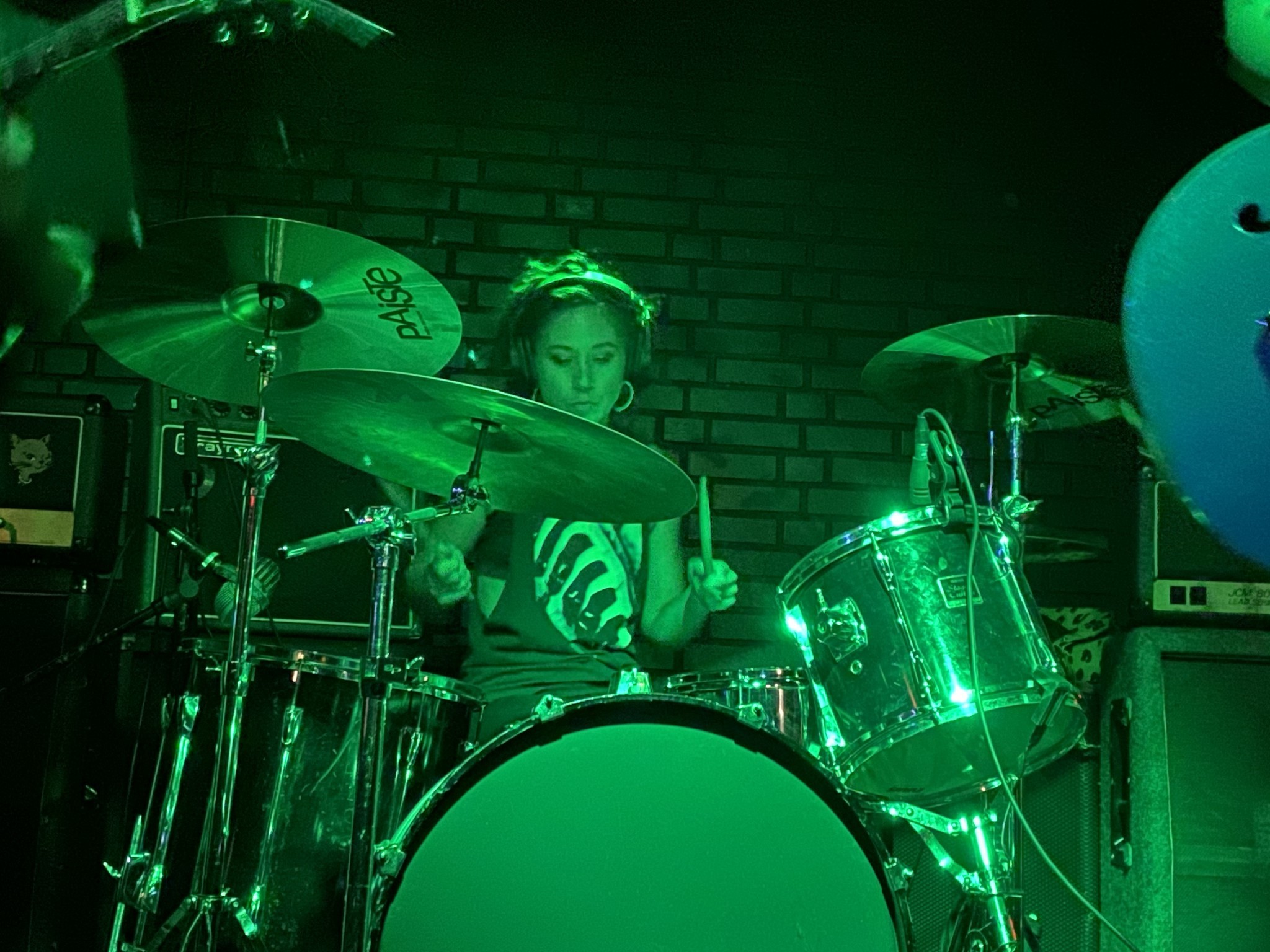
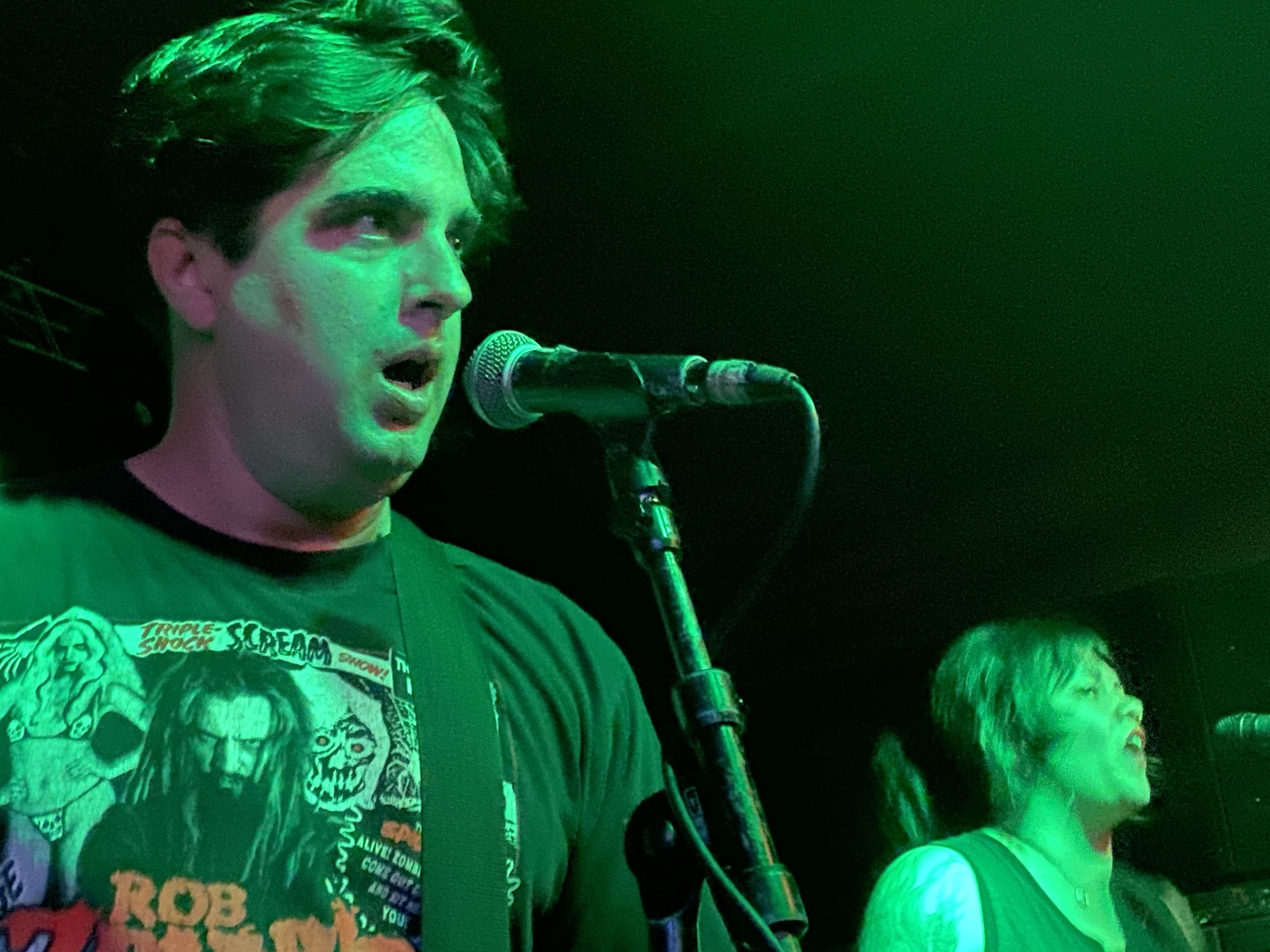
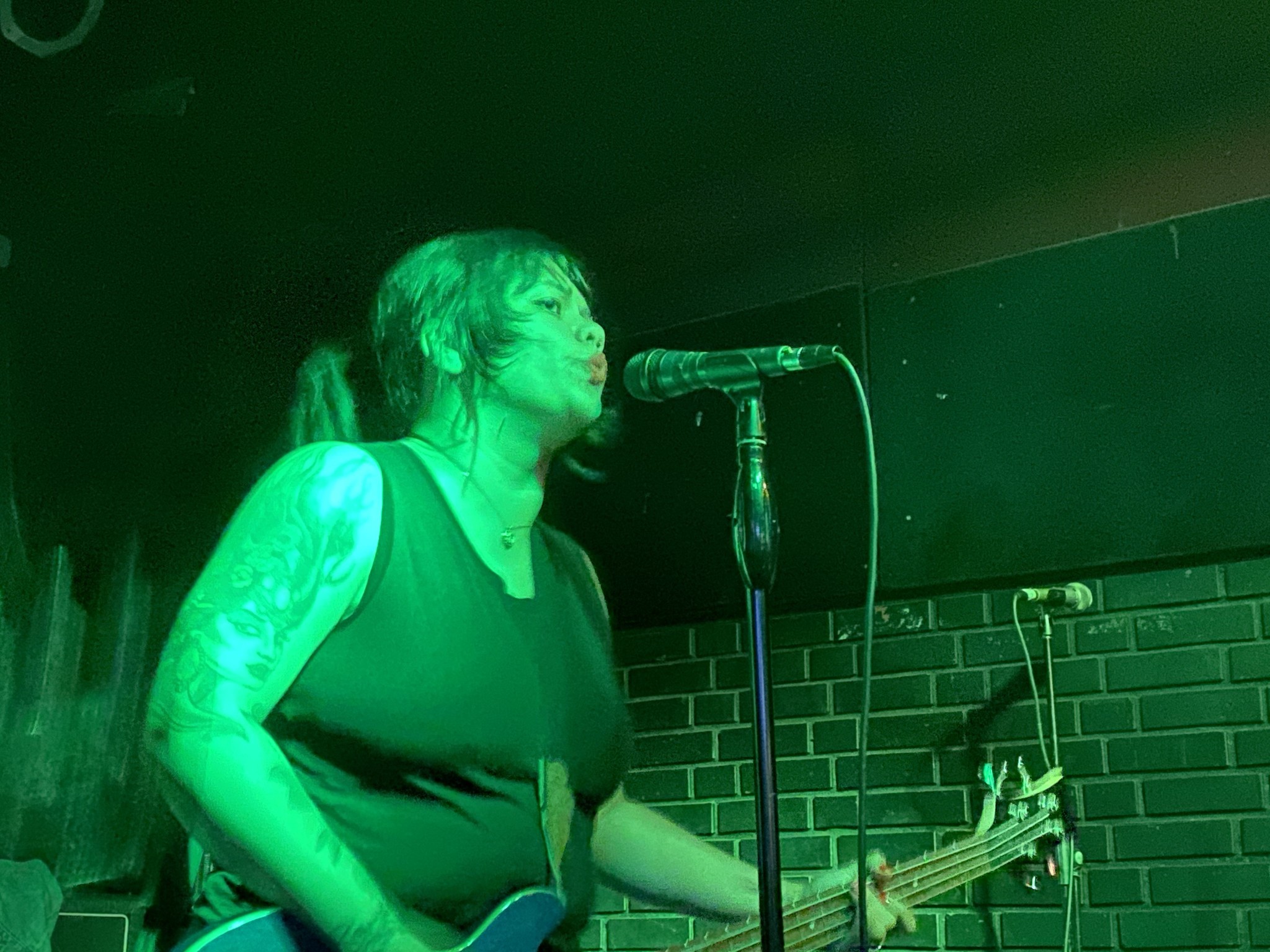
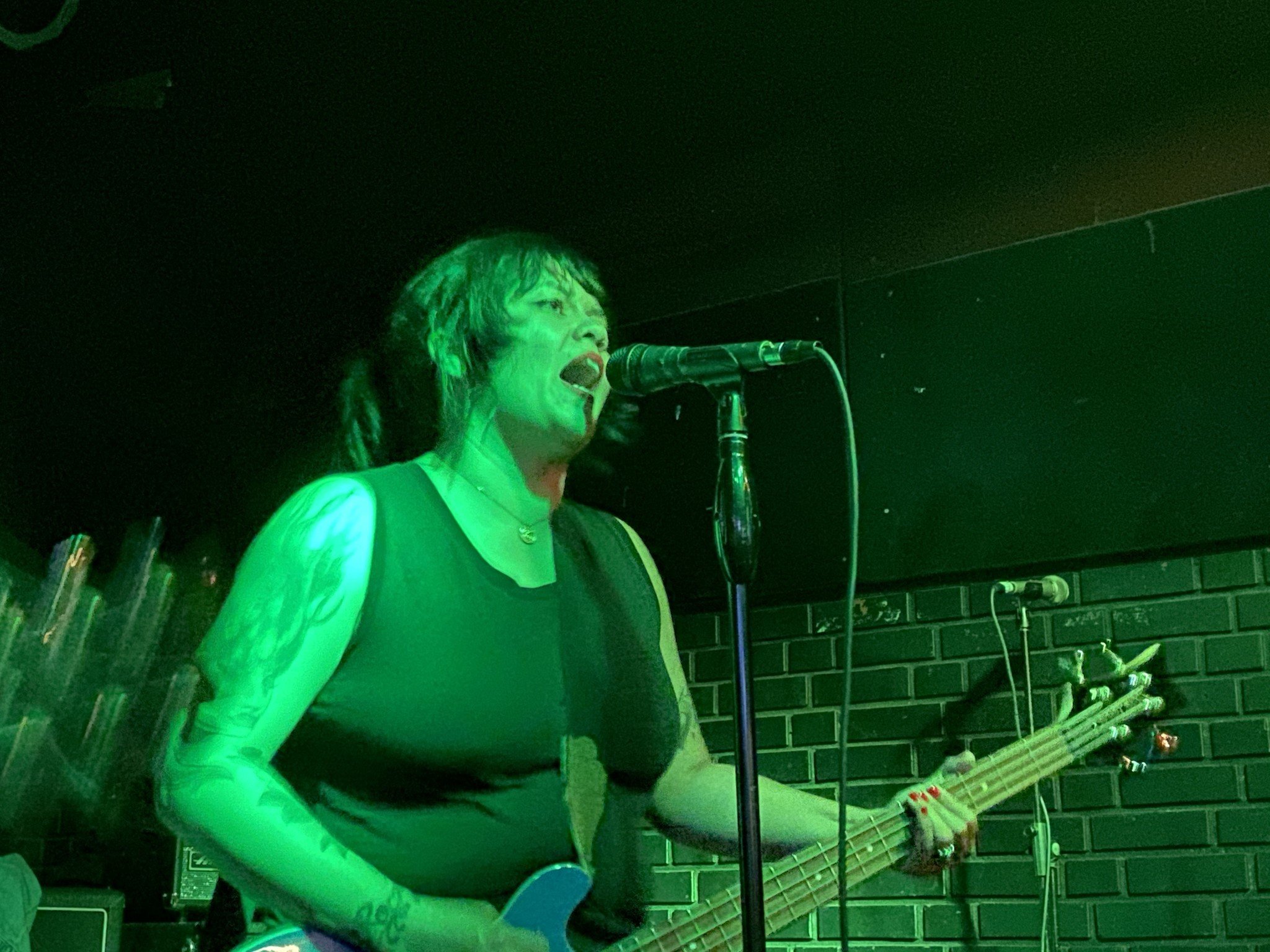
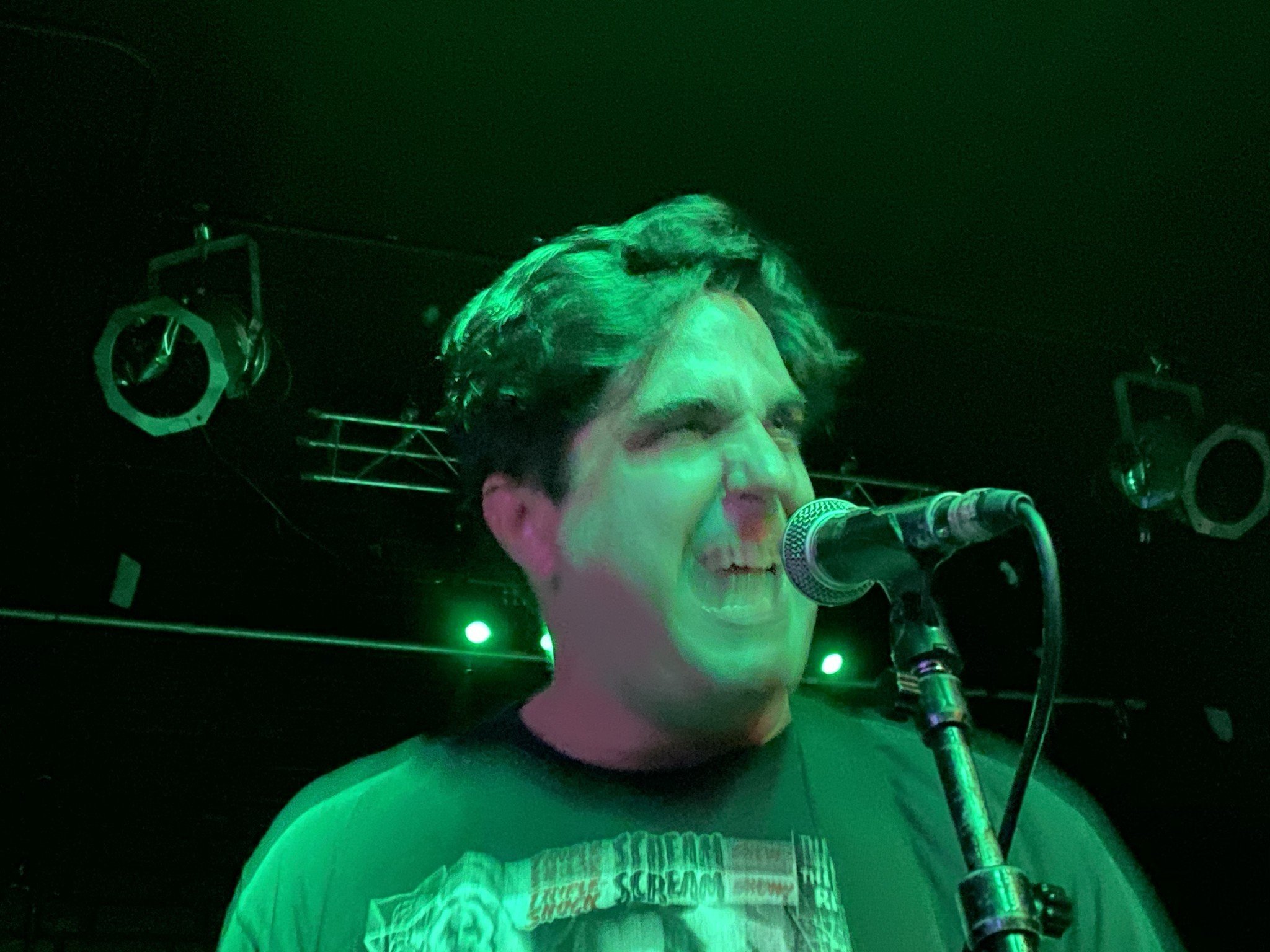
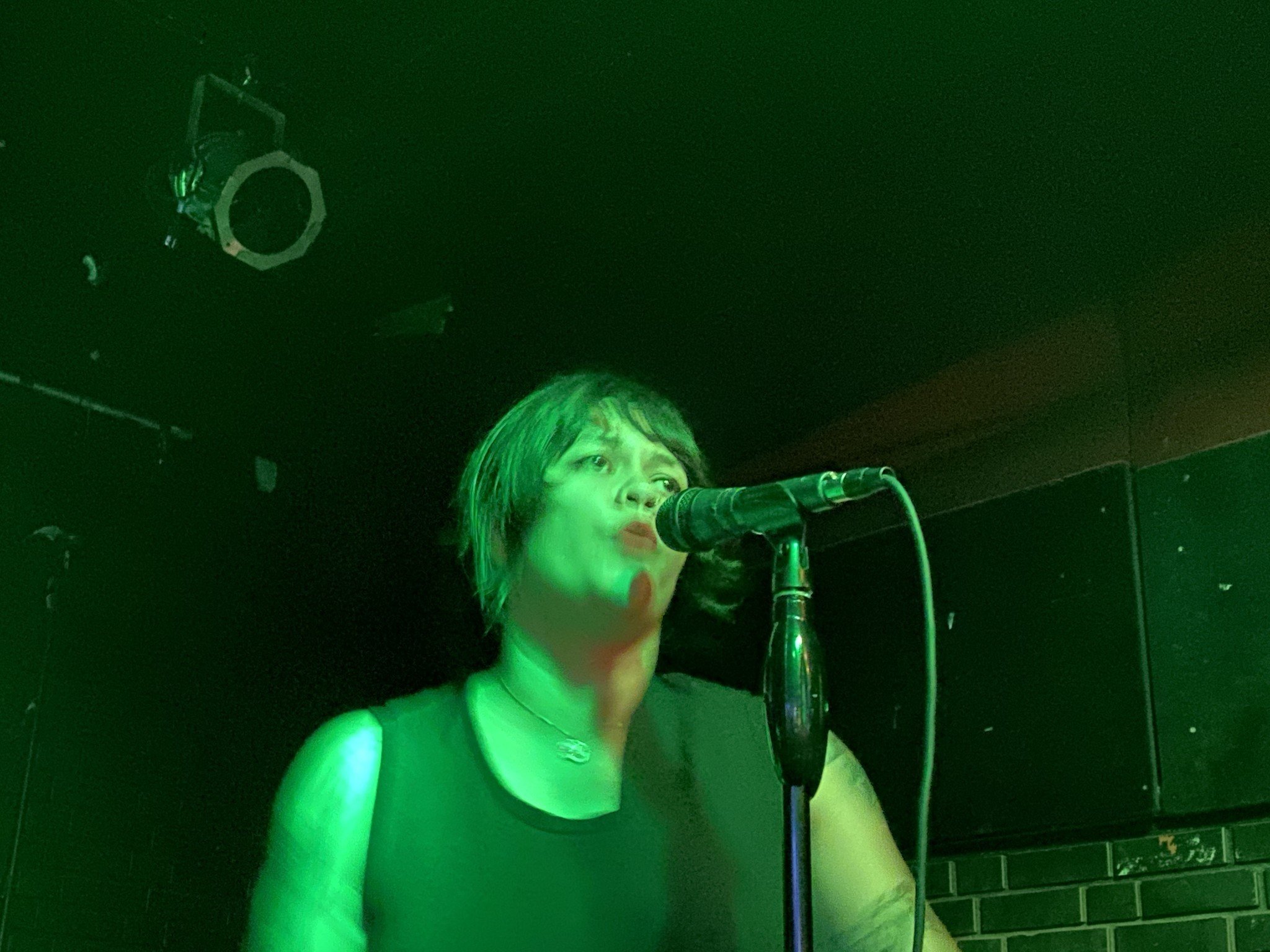
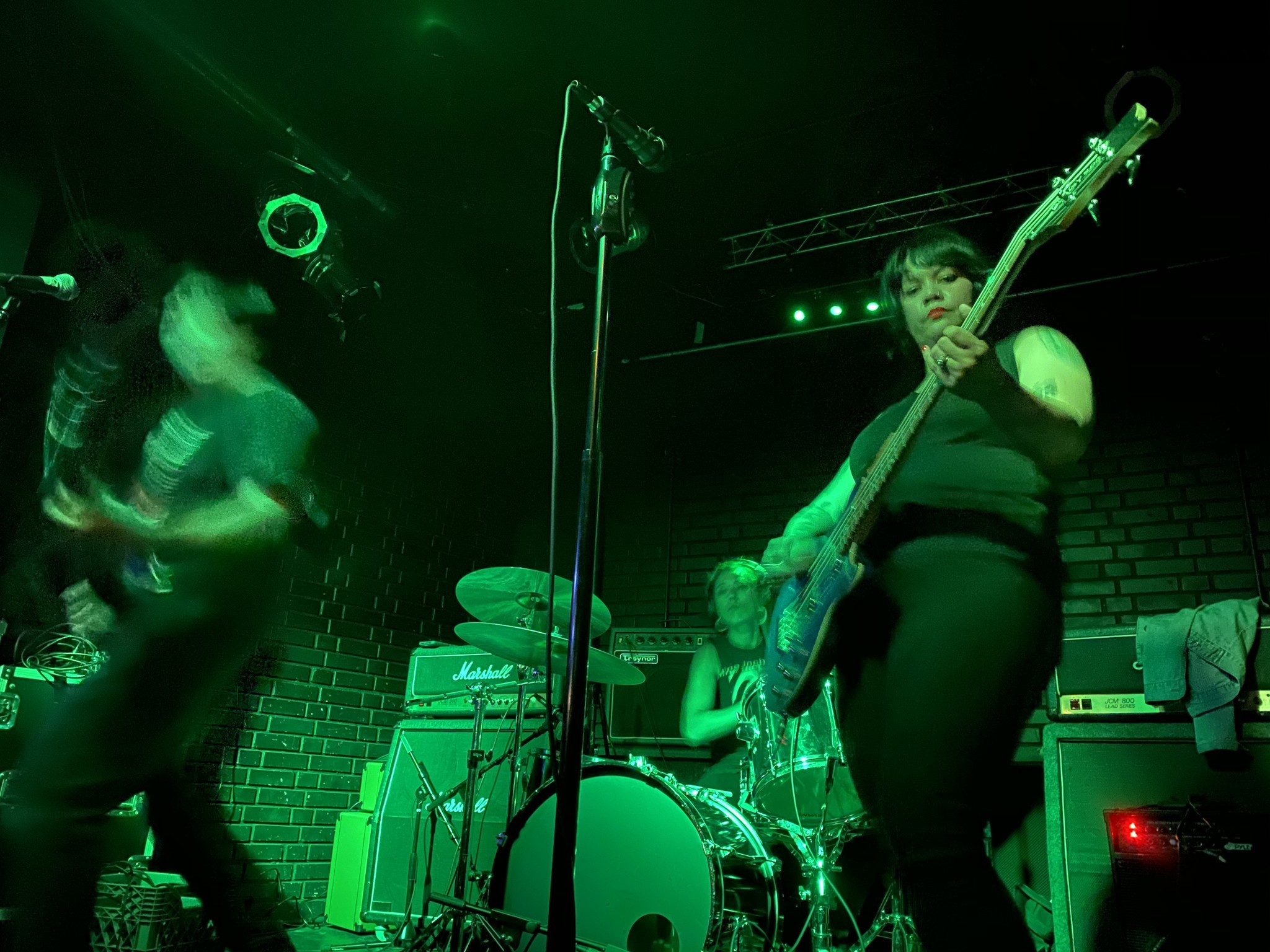
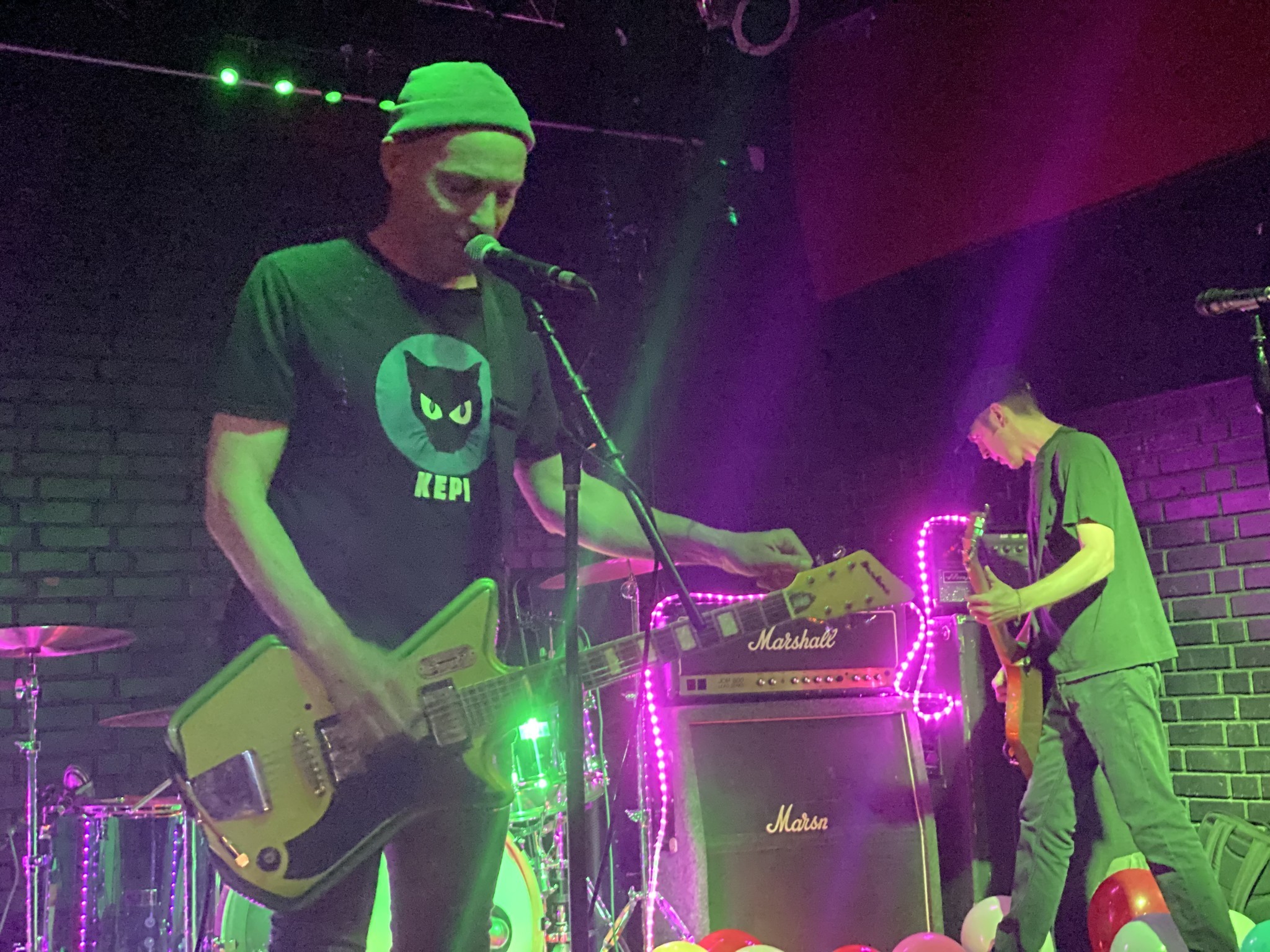
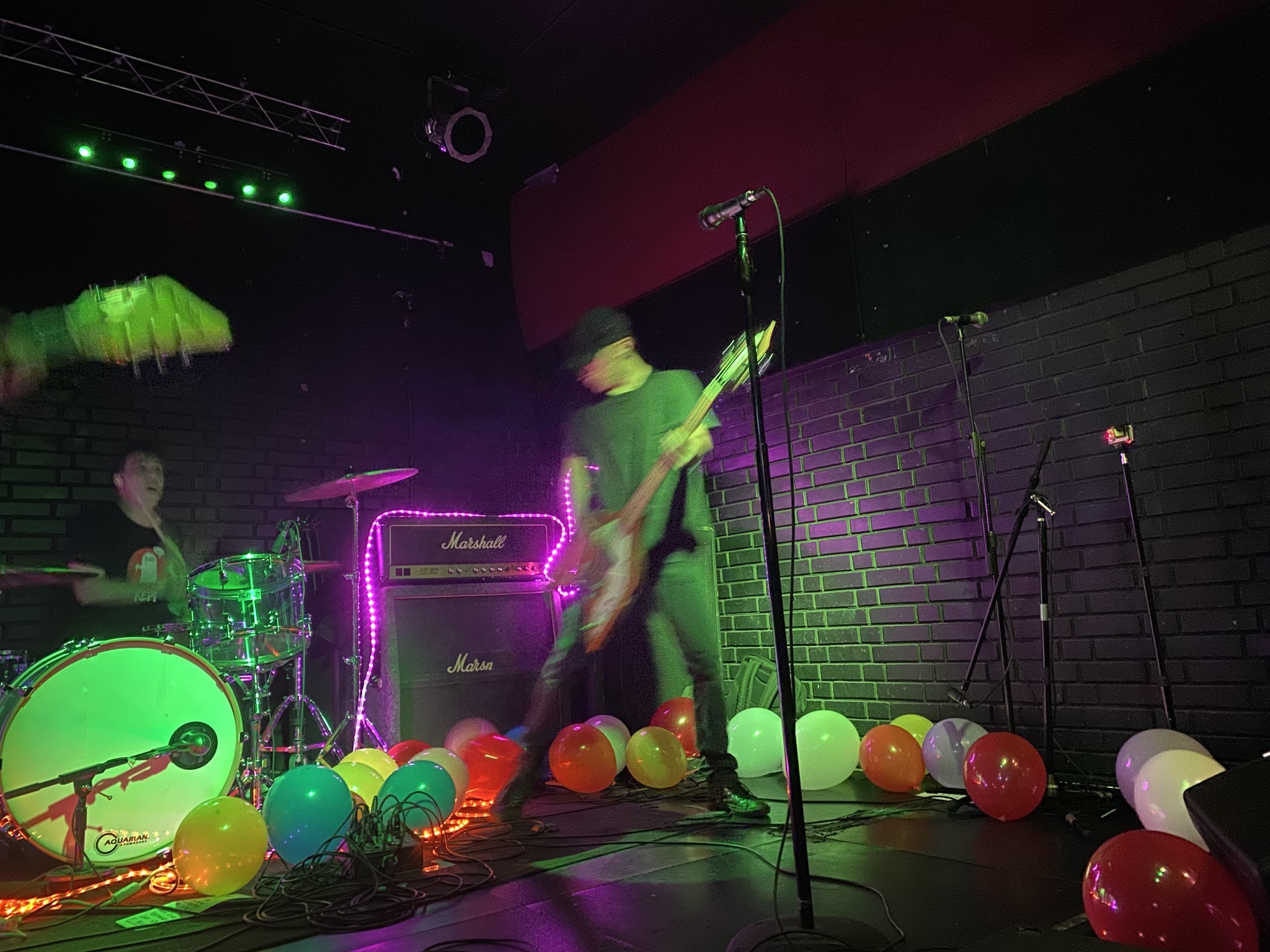
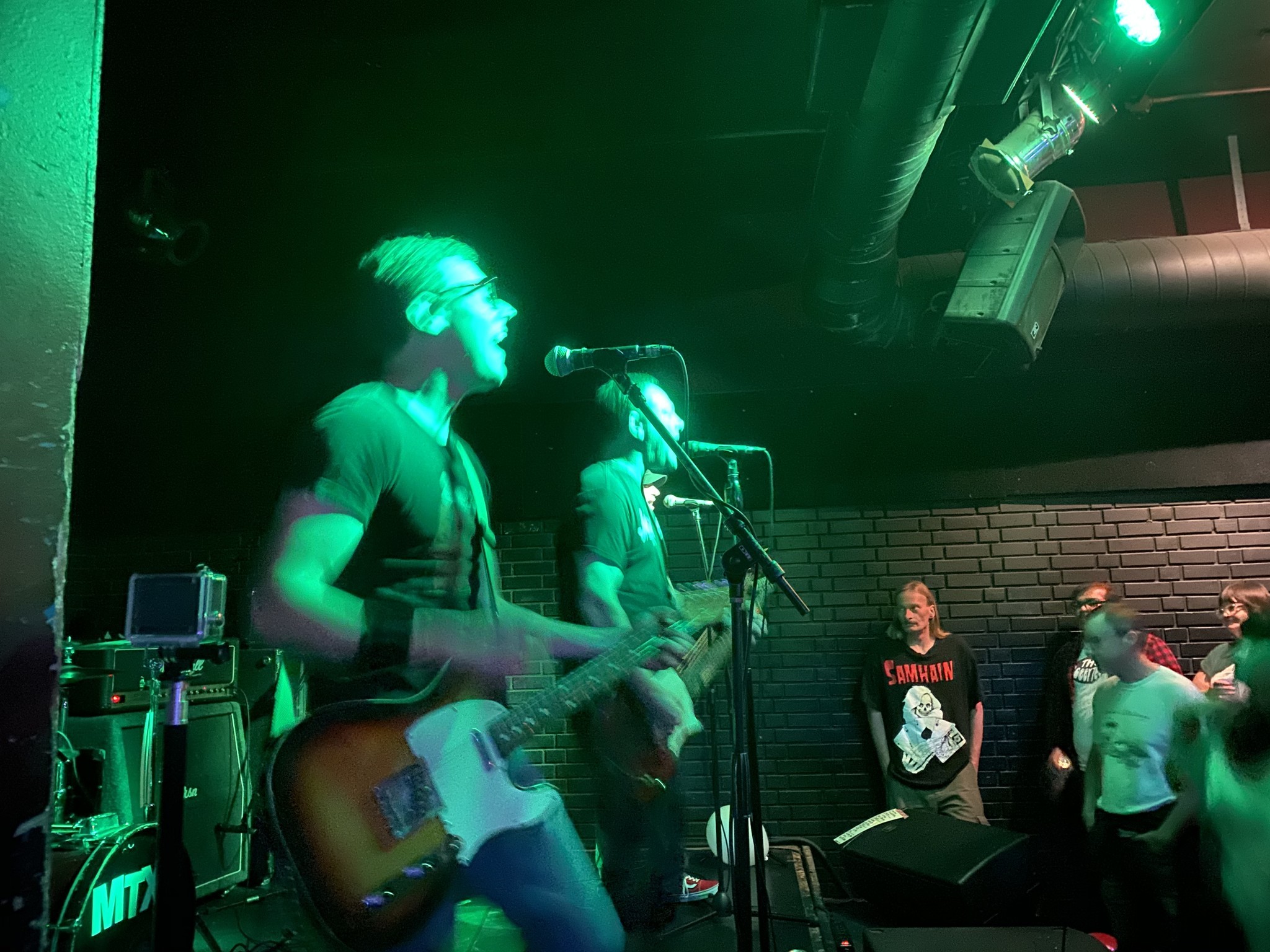
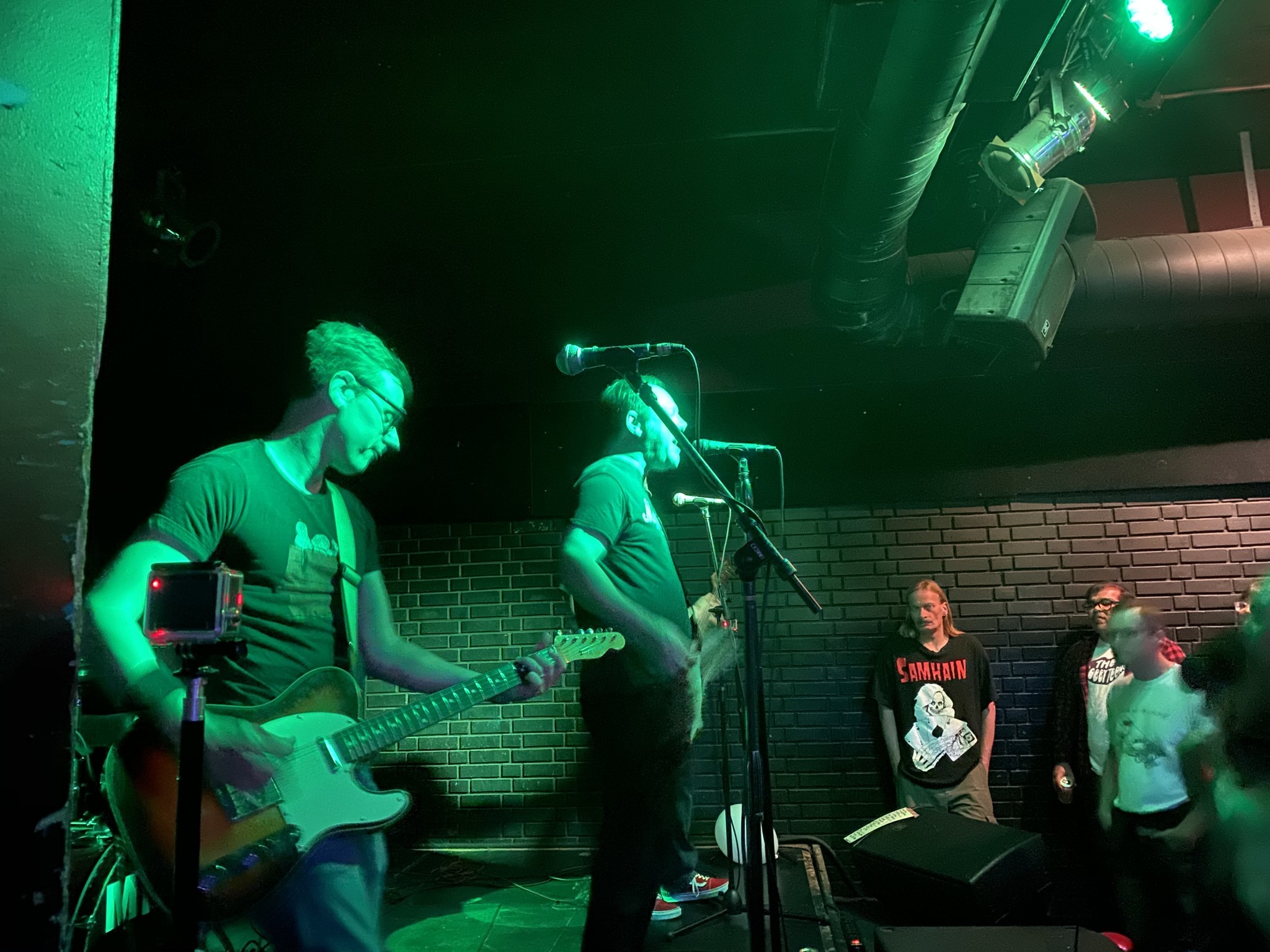
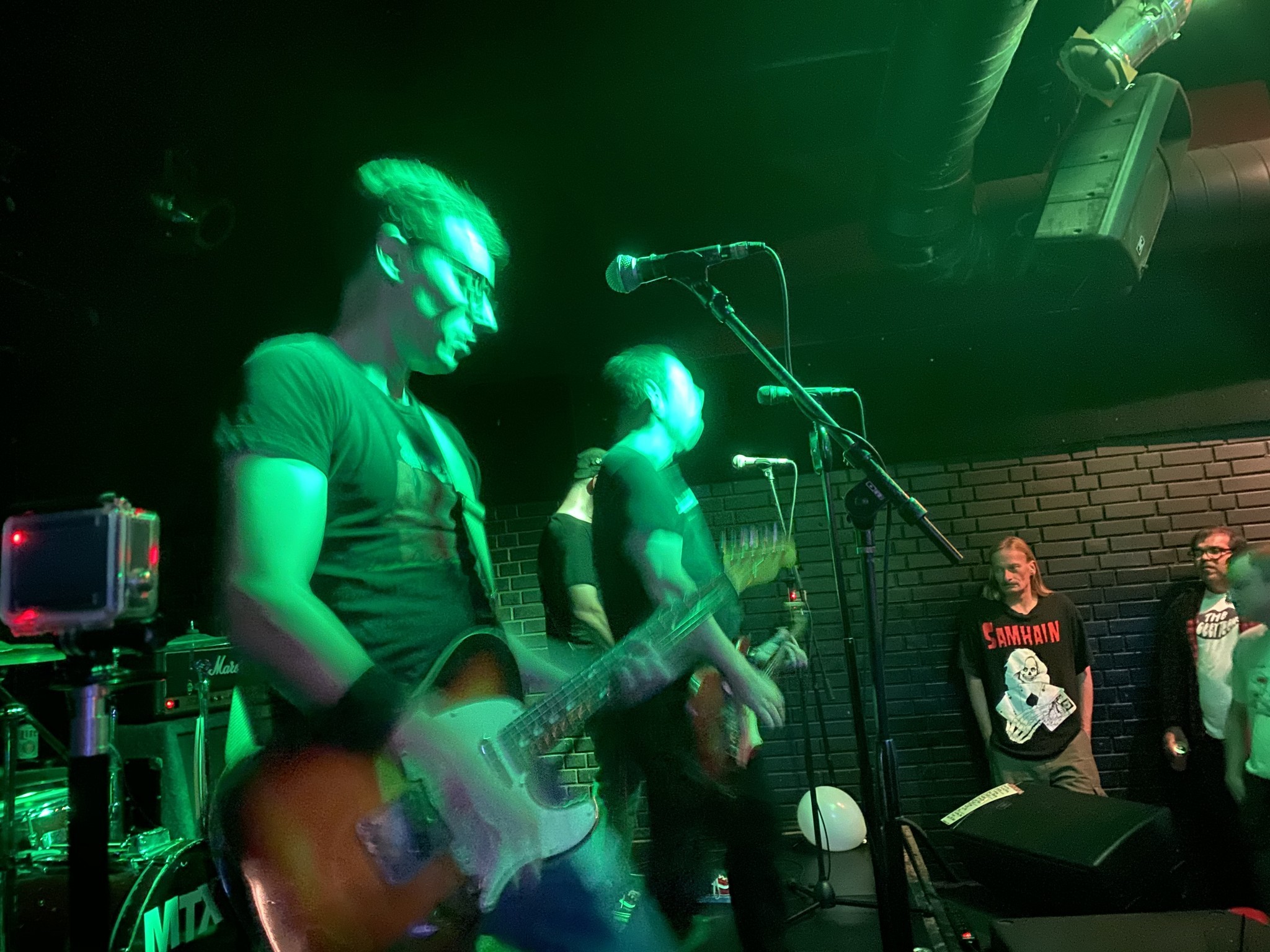
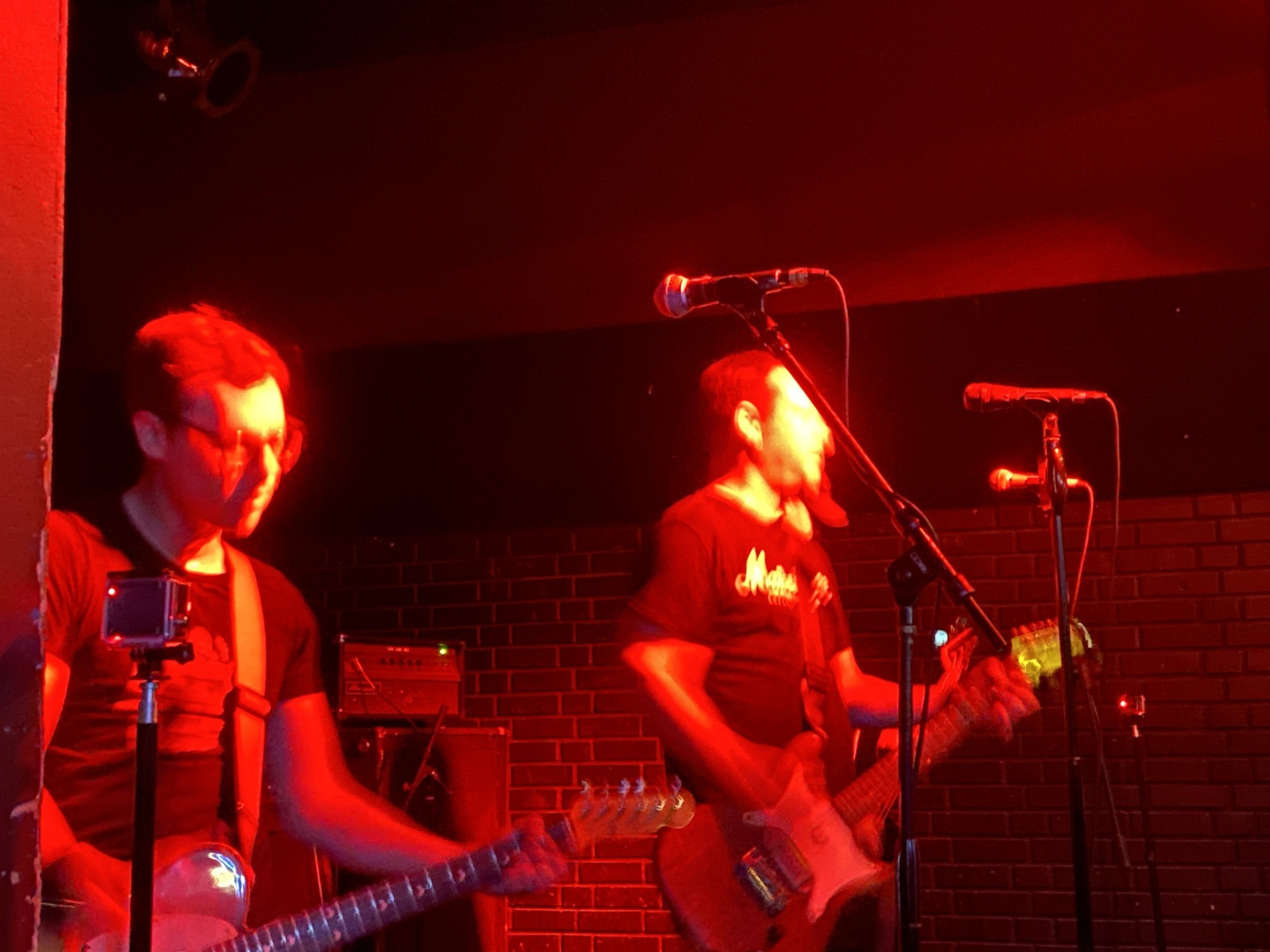
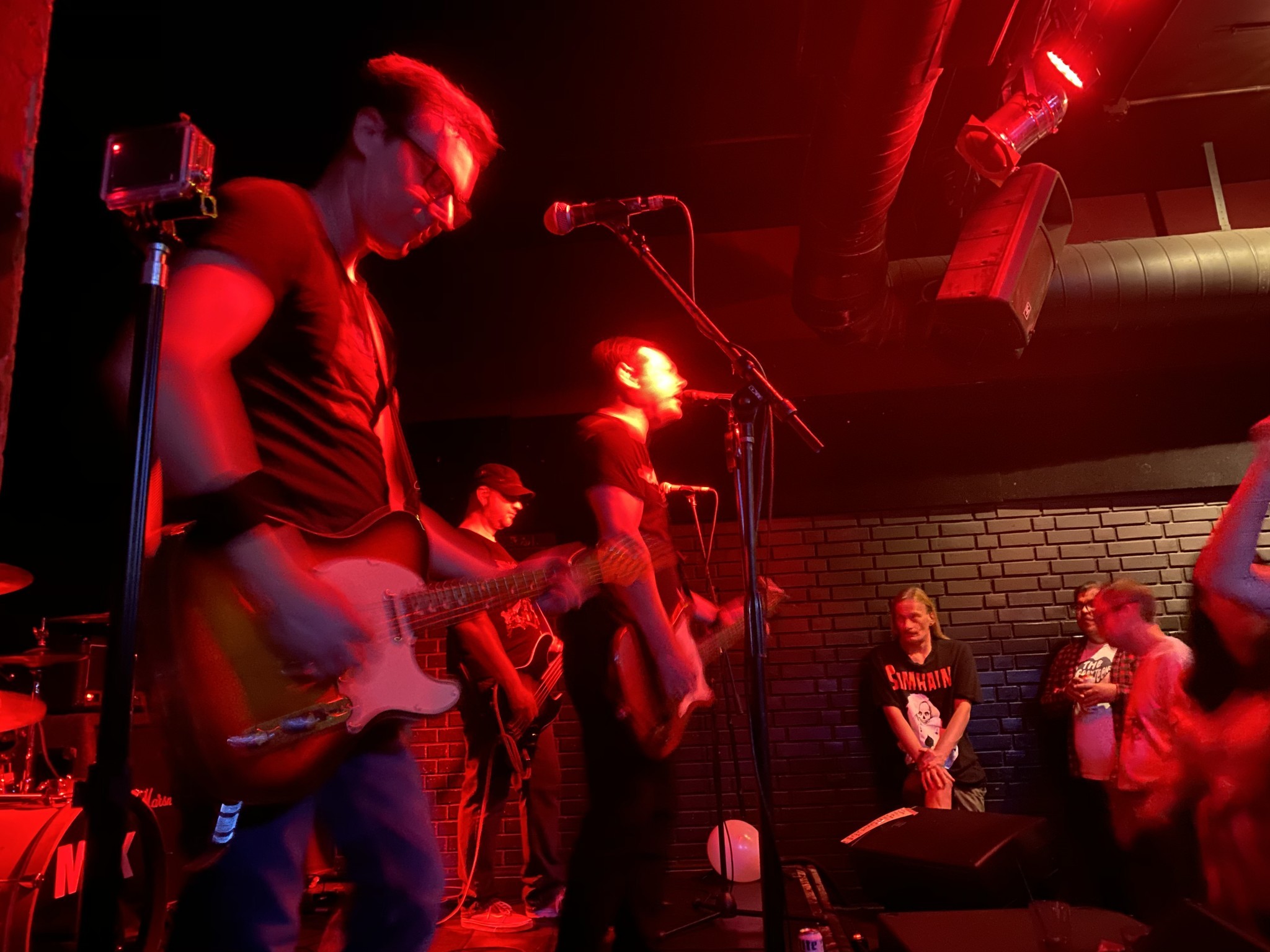
Lory is a renaissance woman, writing news, reviews, and how-to guides for iMore. She also fancies herself a bit of a rock star in her town and spends too much time reading comic books. If she's not typing away at her keyboard, you can probably find her at Disneyland or watching Star Wars (or both).
